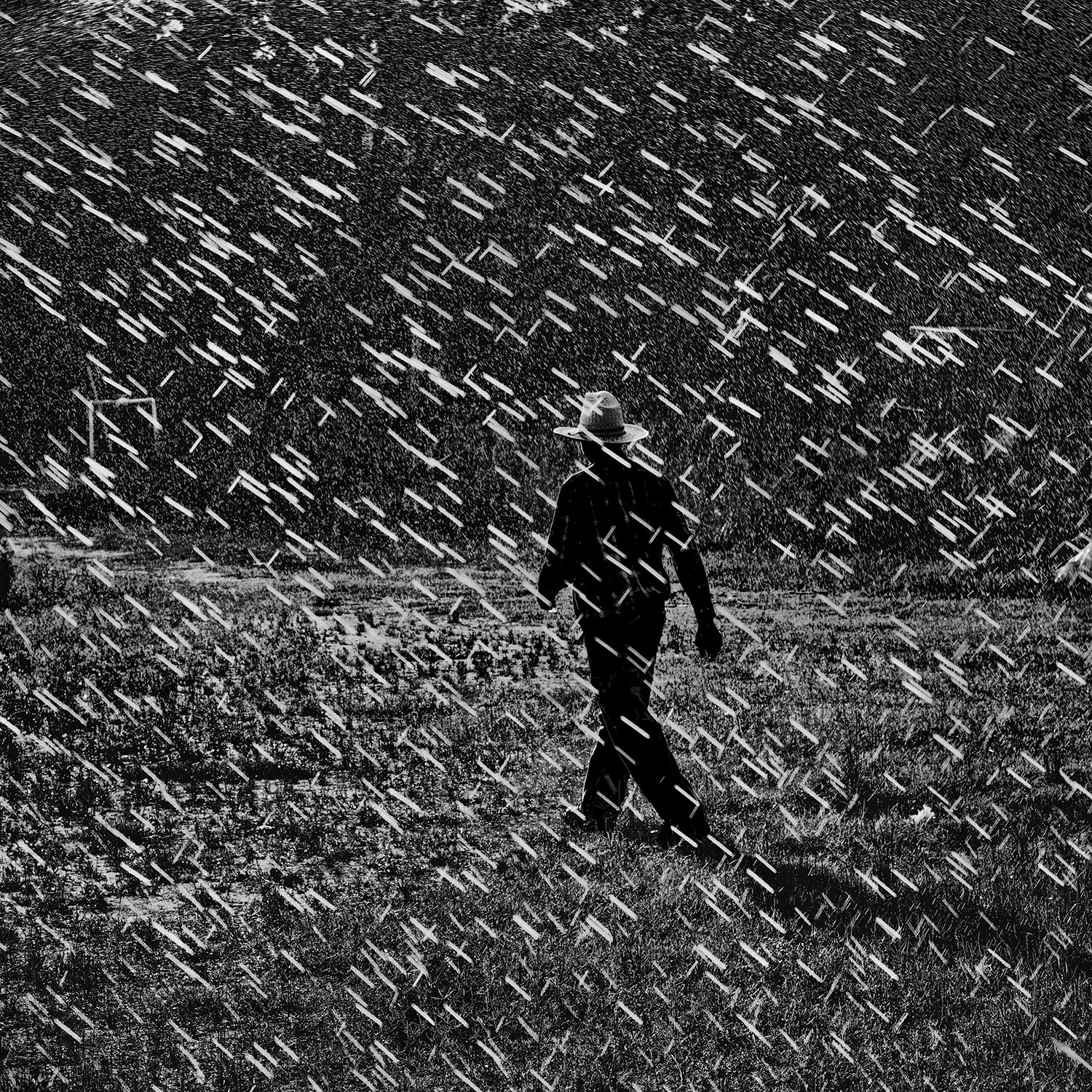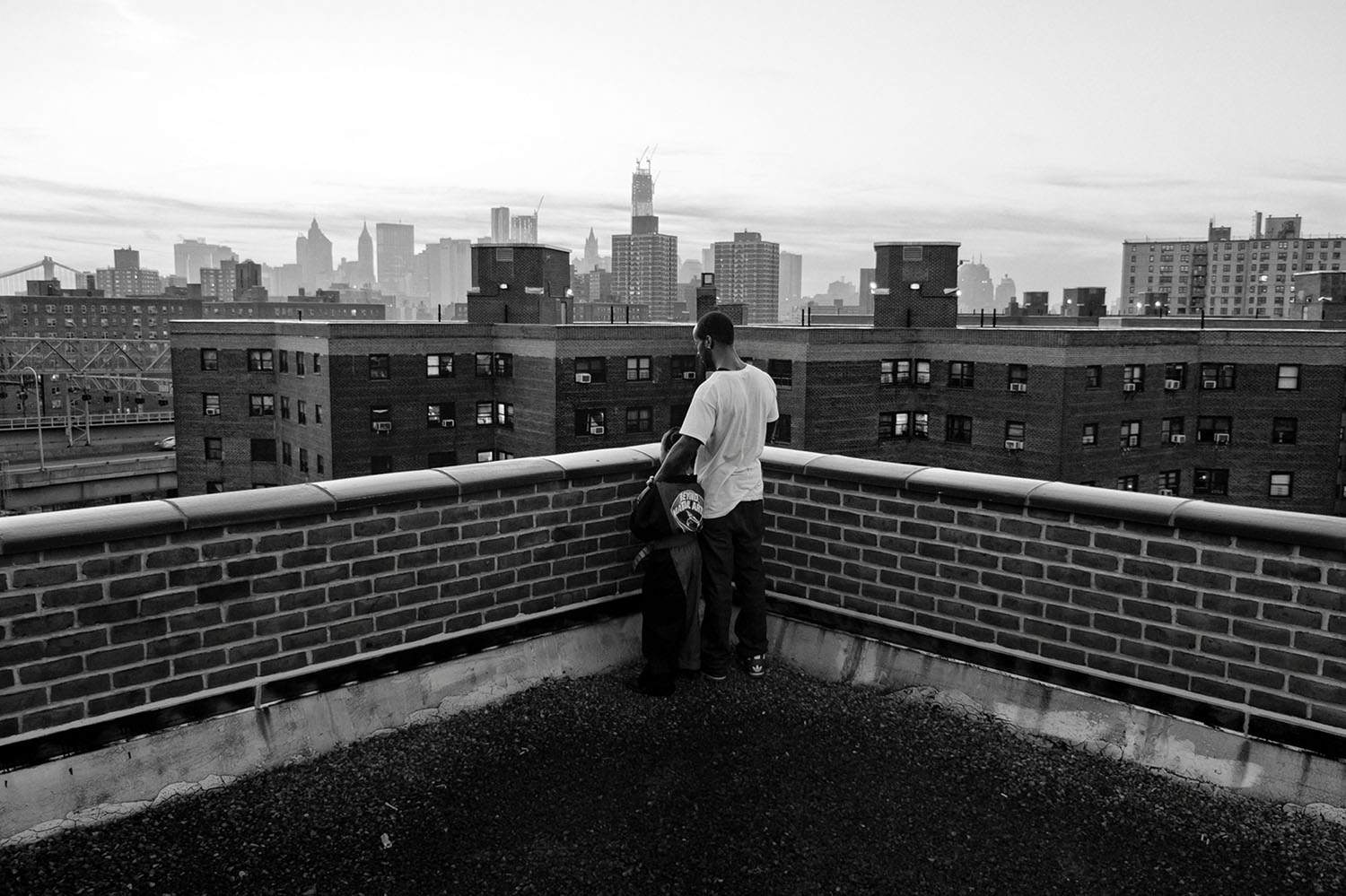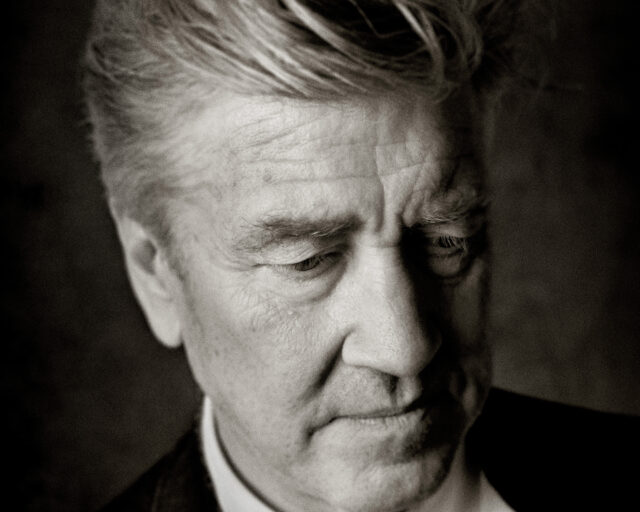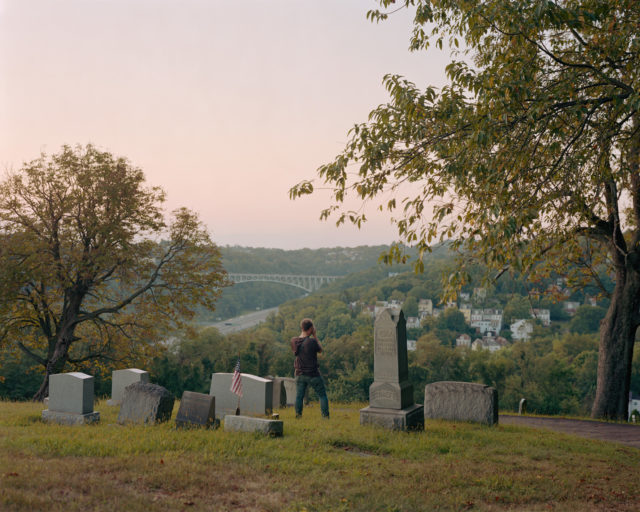13 Photographers on Turning Points in Their Work
Turning points in the lives and works of photographers often span the extremes—from global and national events to the most personal moments. Photographers such as Alec Soth and Zun Lee are able to not only bear witness to events that shape our collective history, but also to map more intimate transitions within their craft and their everyday lives.
We’re excited to share the Spring 2020 Square Print Sale from Magnum Photos and The Everyday Projects, which brings together images from their archives that relate to or capture events that changed the course of history, society, a life, or a practice.
When you purchase through Aperture’s affiliate link, you directly help support not only the artists but also Aperture’s programming, publishing, and operations. For seven days only, you can acquire these signed and estate-stamped, museum-quality images for $100 each, with a percentage of sales donated to Doctors Without Borders’s COVID-19 emergency response. In this critical time, we all need your support, now more than ever.
Selected by Aperture’s editors, here are 13 highlights from the Magnum Square Print Sale.

Peter van Agtmael, Somewhere between Mazar-e-Sharif and Kabul, Afghanistan, 2008
Courtesy the artist/Magnum Photos
Peter van Agtmael
“I had just woken up on a flight in Afghanistan, when I looked out the window and saw this scene. I scrambled for my camera and took a few frames before the cloud began to break apart and pass from view. Looking back, this photograph marked the point I understood war was deeper and more complex than the brutality I’d chased over the previous two years. Now, twelve years later, I see war in the totality of the human experience: a cyclical and cynical exercise in power, violence, ignorance and fear, but paradoxically one that also embodies humanity, courage and moments of transcendent beauty. These seem like irreconcilable forces, yet nonetheless hold true in defining our perplexing species.” —Peter van Agtmael

Tasneem Alsultan, A group of relatives busy on their social media phone apps at Al-Jenadriyah, a cultural festival in Riyadh, Saudi Arabia
Courtesy the artist
Tasneem Alsultan
“I was walking through the crowds at a cultural festival in Riyadh when I noticed this group of girls, all wearing flower crowns and discussing their next booth to visit. In an era full of digital screens and filters, it took me a few seconds to realize that the scene I was looking at was real. As a Saudi woman, I realize women are subjected to many stereotypes and misrepresentations across the world. This is even more true for women wearing niqab, despite the many recent changes for women’s rights in Saudi Arabia. Here we get to see a striking moment, which for these girls was mundane, everyday.” —Tasneem Alsultan

Jonas Bendiksen, Altai Territory, Russia, 2000
Courtesy the artist/Magnum Photos
Jonas Bendiksen
“I took this image almost exactly twenty years ago. Without knowing it, just seconds before, I had taken the image that would become my most published. That magic scene of thousands of butterflies, a stormy sky, a crashed Russian Soyuz space rocket, and a pair of local scrap-metal collectors gave my career wind in its sails, and gave me confidence in my vision. It also landed me in a lot of trouble—I was deported from Russia soon after I had published this story, about the fallout from the Russian space launches. Being banned from Russia led me into my first book project, Satellites (2006), which traced the borderlands of the former USSR—and the butterflies naturally became the cover. There are only a couple of images of this exact scene: the one that has been shown all over the world, and this one, which is the next frame in the roll.” —Jonas Bendiksen

Matt Black, A farmer checks his sprinklers, Sylvester, Georgia, 2017
Courtesy the artist/Magnum Photos
Matt Black
“To me, the turning point in photography comes when you stop looking and start seeing. Your work takes its own direction, rather than being directed, and unremarkable moments become clear.” —Matt Black

Rory Doyle, Big Mac Dancing — Tyrese Evans, Jeremy Melvin, and Gee McGee dance atop their horses in a McDonald’s parking lot in Cleveland, Mississippi, August, 2017
Courtesy the artist
Rory Doyle
“This image is part of my ongoing project documenting the subculture of African American cowboys and cowgirls in the rural Mississippi Delta. Just after the Civil War, one in four cowboys was African American, yet this population was drastically underrepresented in popular accounts. And it is still. But the ‘cowboy’ identity retains a strong presence in many contemporary black communities. The story is timely with the current political environment, and it’s one that provides a renewed focus on rural America. With the hit release of ‘Old Town Road’ by Lil Nas X, the topic of black cowboy history has become a mainstream topic of discussion. The project is a counter-narrative to the often negative portrayal of African Americans. Instead, I have captured a community showing love for their horses and fellow riders, while also passing down traditions and historical perspectives from one generation to the next. Ultimately, the project aims to press against old archetypes — who could and could not be a cowboy, and what it means to be black in Mississippi — while uplifting the subjects’ voices.” —Rory Doyle

Yagazie Emezi, A child’s direct stare during the parade for International Day of the Girl Child in Monrovia, Liberia
Courtesy the artist
Yagazie Emezi
“Realizing the power of photography: It speaks multiple languages and so can spur a range of emotions. Knowing that it is art, and can be and has been a weapon. And like all things powerful, with the ability to do good and bad comes responsibility. It’s a dangerous and beautiful tool, depending on who is holding it.” —Yagazie Emezi

Elliott Erwitt, California, 1956
Courtesy the artist/Magnum Photos
Elliott Erwitt
“In life’s saddest winter moments, when you’ve been under a cloud for weeks, suddenly a glimpse of something wonderful can change the whole complexion of things, your entire feeling.” —Elliott Erwitt

Bruce Gilden, Fellini, Coney Island, New York City, 1969
Courtesy the artist/Magnum Photos
Bruce Gilden
“It was 1969. I had picked up my first camera (a Miranda) two years before. That year, I had started shooting my first long-term personal essay on Coney Island. I had been looking at as many photos as I could to see what interested me visually and what direction I should go with my photography. This was the first photo I had taken that I thought at the time had artistic credibility. I was so happy to have achieved something that I felt I could be proud of. Even if all my photos are untitled, I affectionately call this image ‘Fellini’.” —Bruce Gilden

Nanna Heitmann, Yenisei River, Kyzyl, Russia, 2018
Courtesy the artist/Magnum Photos
Nanna Heitmann
“For less than a second, two athletes stand close to one another. Their eyes are closed, their heads lean on each other’s shoulders, as if they are embracing each other peacefully. I tried to capture this scene in the moment before the fight—with all its tearing and throwing each other back and forth—started.
This photograph shows two figures training in khuresh, a type of wrestling and the national sport of the Tuva Republic, a partially recognized state in southern Siberia. The people of Tuva create sagas and legends about their favorite athletes, ascribing supernatural qualities to them.” —Nanna Heitmann

Zun Lee, Jerell Willis and son Fidel enjoy the sunset over downtown New York, November 2012, from the series Father Figure
Courtesy the artist
Zun Lee
“Coming from street photography, I often privilege the single-frame narrative through random, found, or decisive moments. But even in those early days, none of my images were really random; my desire to photograph was mainly driven by a need to make sense out of my experiential knowledge. Growing into long-form storytelling marked a key turning point, as I settled into the realization of what my photographic practice was about—not so much ‘making work,’ but a practice of living and being. As such, my ‘projects’ never end. They all inform each other as complementary facets of the same body of work, an investigation of the societal forces that regulate Black life, seen through the lens of the workaday realities of Black domestic spaces.” —Zun Lee

Herbert List, View From a Window: Dance of the Dresses, Trastevere, Rome, 1953
Courtesy the artist/Magnum Photos
Herbert List
“Herbert List injured his foot in 1953, while visiting friend and fellow photographer Max Scheler in Rome. He could not leave the apartment for some time, so Scheler left him his Leica with telephoto lens to play around with, while Scheler himself was away on an assignment. It was equipment which List had not used previously. The series View From a Window, including the image Dance of the Dresses, was born of the first two rolls of 35 mm film List shot in his life. This encounter with 35 mm was a turning point toward a more spontaneous style, and revitalized List’s love for street photography late in his career.” —Peer-Olaf Richter, Herbert List Estate

Lua Ribeira, Settat, Morocco, 2019
Courtesy the artist/Magnum Photos
Lua Ribeira
“This image is from an ongoing project working with Moroccan youth who are trying to cross the border into Europe. They attempt—through various means—to jump onto the ferries or lorries that move from Melilla (a Spanish territory situated in Morocco) and Nador to the south of Spain. The majority of these kids begin their journey by train or bus from their hometowns toward the border. I made a journey with someone who was expelled from Melilla and returned to his hometown, close to Casablanca. This photograph is of one of his friends, who has not yet made the decision to travel to the border—something currently considered by many youths in Morocco.” —Lua Ribeira

Alec Soth, Sydney, Tallahassee, Florida, 2004
Courtesy the artist/Magnum Photos
Alec Soth
“In 2004, I shot one of my first traveling editorial assignments in Tallahassee, Florida. I photographed a second-rate celebrity for an equally unimpressive magazine. My photographs were terrible. After the shoot, I went to a local diner to drown my sorrows in fried chicken. When I walked in the door, I saw a beautiful young girl falling asleep at her table. This was the moment I learned that the ability to choose my own subject was essential to my creative success. The picture I made that day became one of my all-time favorites.” —Alec Soth
Magnum’s Square Print Sale, Turning Points, is now online through April 12, 2020 at 6:00 p.m. EDT. For seven days only, museum-quality, 6-by-6-inch square prints are exceptionally priced at $100. By using this link to make your purchase, you directly help support not only the artists but also Aperture’s programming, publishing, and operations.


























